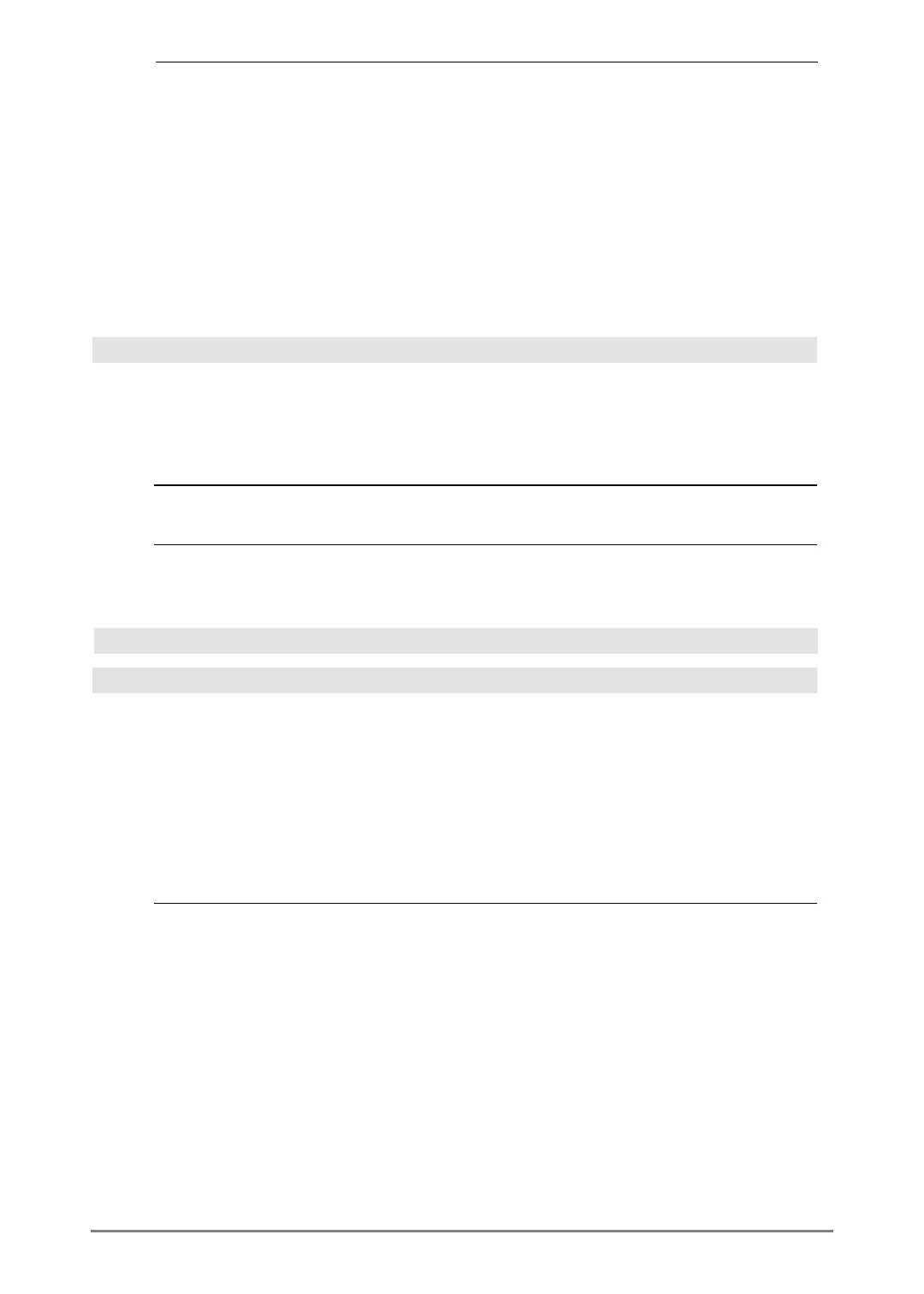806 Appendix A: Functions and Instructions
If
Boolean expression1
Then
block1
ElseIf
Boolean expression2
Then
block2
©
ElseIf
Boolean expressionN
Then
blockN
EndIf
Allows for program branching. If
Boolean expression1
evaluates to true, executes
block1
. If
Boolean
expression1
evaluates to false, evaluates
Boolean
expression2
, etc.
Program segment:
©
:If choice=1 Then
: Goto option1
: ElseIf choice=2 Then
: Goto option2
: ElseIf choice=3 Then
: Goto option3
: ElseIf choice=4 Then
: Disp "Exiting Program"
: Return
:EndIf
©
imag() MATH/Complex menu
imag(
expression1
) ⇒
expression
imag(
expression1
)
returns the imaginary part of the
argument.
Note: All undefined variables are treated as real
variables. See also
real()
.
imag(1+2
i
)
¸ 2
imag(z)
¸ 0
imag(x+
i
y)
¸ y
imag(
list1
) ⇒
list
Returns a list of the imaginary parts of the elements.
imag({ë 3,4ë
i
,
i
})
¸ {0 ë 1 1}
imag(
matrix1
) ⇒
matrix
Returns a matrix of the imaginary parts of the
elements.
imag([a,b;
i
c,
i
d])
¸ [
0 0
c d
]
Indirection See #(), page 881.
Input CATALOG
Input
Pauses the program, displays the current Graph
screen, and lets you update variables
xc
and
yc
(also
rc
and
q
c
for polar coordinate mode) by
positioning the graph cursor.
When you press
¸
, the program resumes.
Program segment:
©
:¦ Get 10 points from the Graph
Screen
:For i,1,10
: Input
: xc! XLIST[i]
: yc! YLIST[i]
:EndFor
©
Input [
promptString
,]
var
Input
[
promptString
],
var
pauses the program,
displays
promptString
on the Program I/O screen,
waits for you to enter an expression, and stores the
expression in variable
var
.
If you omit
promptString
, “?” is displayed as a prompt.
Program segment:
©
:For i,1,9,1
: "Enter x" & string(i)! str1
: Input str1,#(right(str1,2))
:EndFor
©

